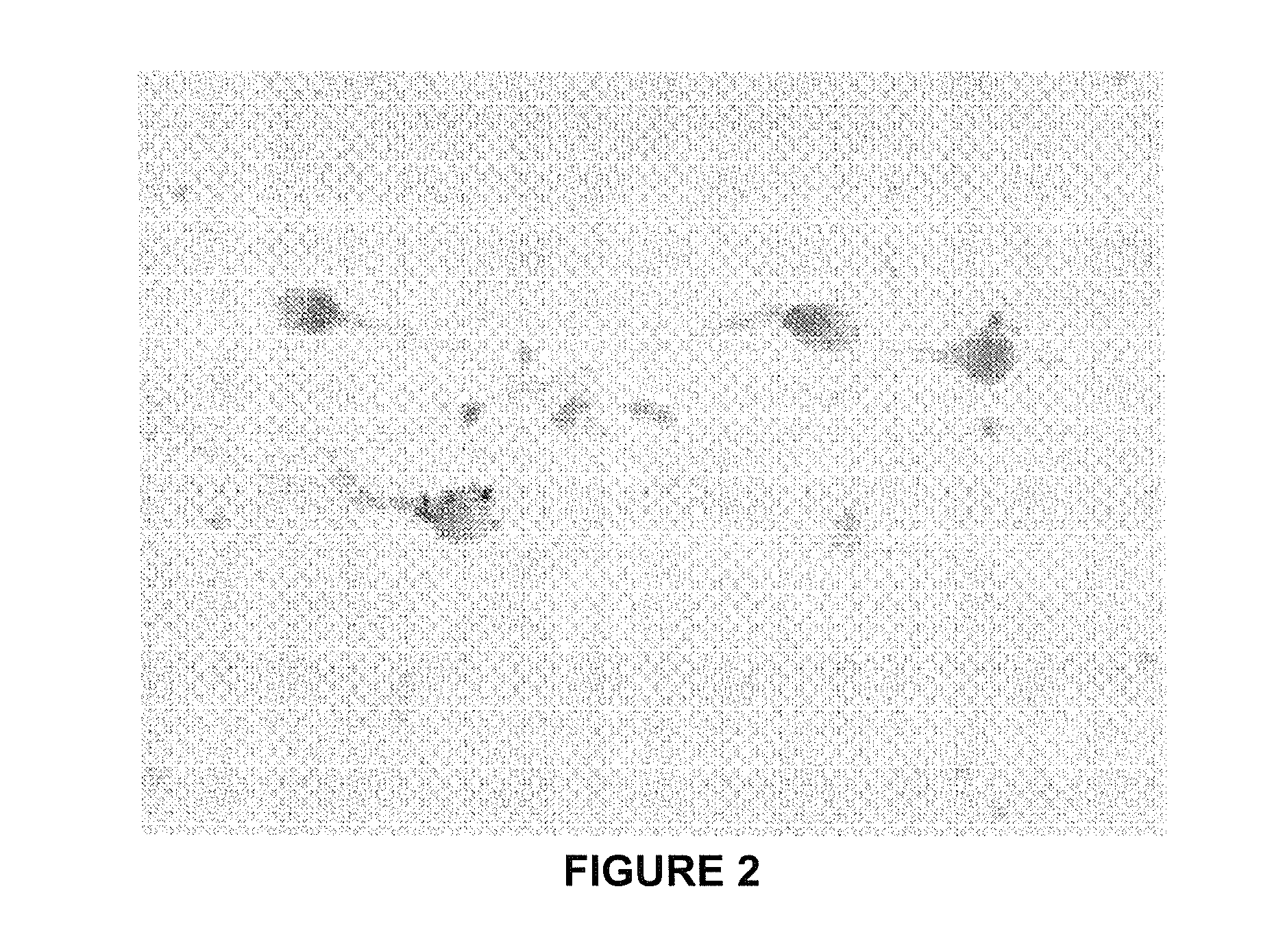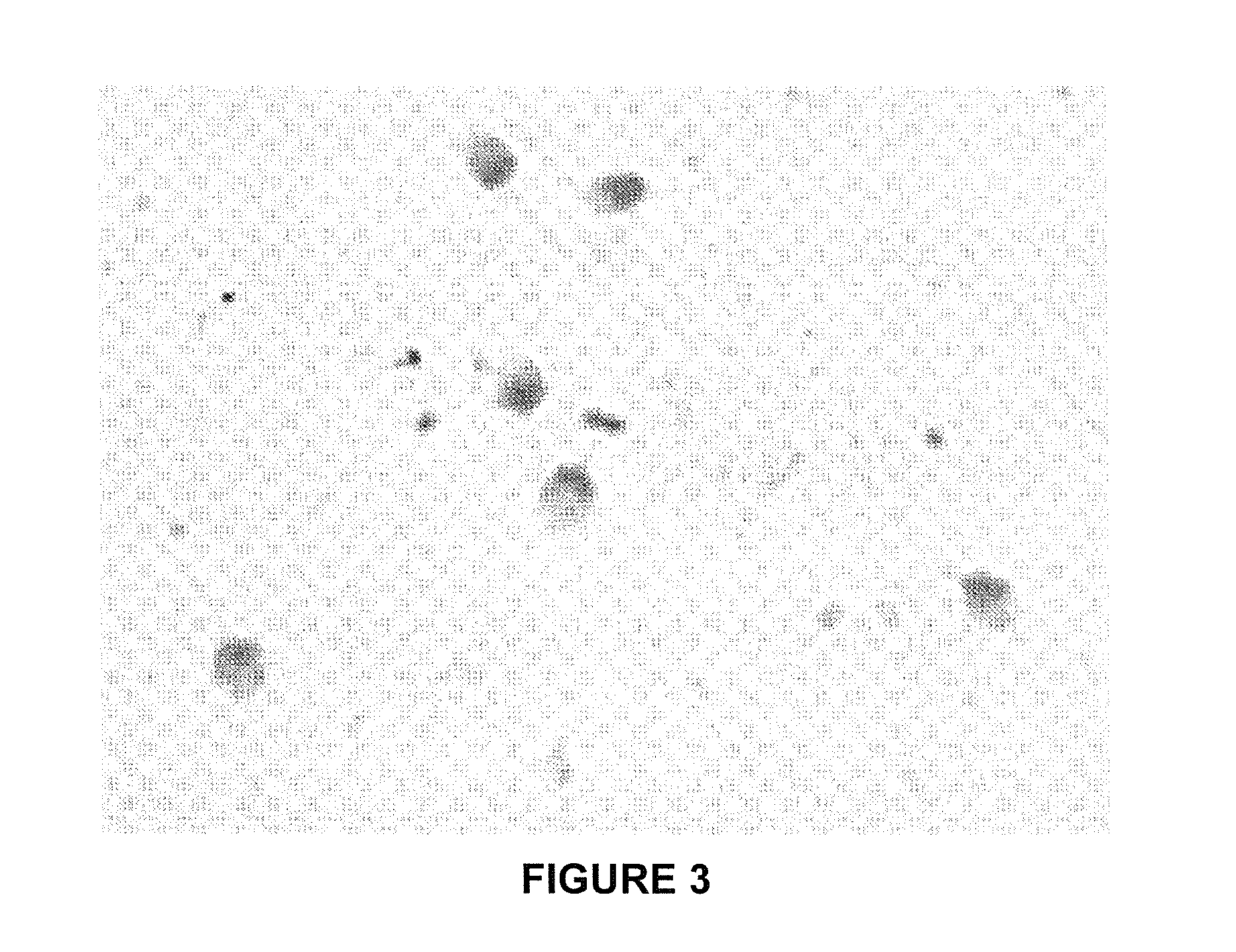Method For Determining The Production Of Reactive Oxygen Species In A Cellular Population
a technology of reactive oxygen species and cellular population, which is applied in the direction of biochemistry apparatus and processes, instruments, material analysis, etc., can solve the problems of organisms that are incapable of quickly neutralizing the reactive oxygen species that are produced, the risk of recurrent abortion, and the increase of implantation failure or abnormal embryonic developmen
- Summary
- Abstract
- Description
- Claims
- Application Information
AI Technical Summary
Benefits of technology
Problems solved by technology
Method used
Image
Examples
example 1
[0135]The method of the present invention for determining the presence of ROS in a cellular population is an indirect method that has been correlated with other methodologies based on chemiluminescence (Esfandiari N. et al., J. Androl. 2003 November-December; 24(6): 862-70). Its main advantages are that it is very economical and only requires a light microscope.
Preparation of the Reagents
[0136]NBT is a water-soluble yellow salt that reacts in the presence of superoxide anions within cells producing a blue precipitate of diformazan. The quantity of diformazan crystals present in the cells reflects the production of superoxide ion by said cells.
[0137]For carrying out the method of the invention, first a mixture of agaroses and NBT (agaroses-NBT) was prepared. For this, 10 mg of NBT (Sigma N5514-10 tab) was dissolved in 10 ml of distilled water and the solution was maintained at 37° C. Separately, an amount of low melting point agarose between 2% and 5% was dissolved in PBS at pH 7 and...
example 2
Comparative Study of the Agaroses of the Halosperm Kit and the Agaroses Modified with NBT
[0148]The incorporation of agaroses modified with NBT for determining the presence of ROS in semen samples should not affect the efficacy of the fragmentation test of the Halosperm commercial kit. The purpose of the present study was to determine the effect of the agaroses-NBT on the result of the fragmentation test of the Halosperm kit.
[0149]For this, 8 different semen samples were analyzed from patients with infertility and who had an altered semen analysis. The variables investigated were SDF (sperm DNA fragmentation) which determines the percentage of sperm with fragmented DNA and DS (degraded sperm), which indicates the percentage of degraded sperm.
[0150]8 semen samples were analyzed from different patients with an altered semen analysis.
[0151]Then the data were analyzed statistically. Table 3 shows the descriptive statistics of the samples for the variables SDF and DS.
TABLE 3Descriptive st...
PUM
| Property | Measurement | Unit |
|---|---|---|
| Temperature | aaaaa | aaaaa |
| Fraction | aaaaa | aaaaa |
| Fraction | aaaaa | aaaaa |
Abstract
Description
Claims
Application Information
 Login to View More
Login to View More - R&D
- Intellectual Property
- Life Sciences
- Materials
- Tech Scout
- Unparalleled Data Quality
- Higher Quality Content
- 60% Fewer Hallucinations
Browse by: Latest US Patents, China's latest patents, Technical Efficacy Thesaurus, Application Domain, Technology Topic, Popular Technical Reports.
© 2025 PatSnap. All rights reserved.Legal|Privacy policy|Modern Slavery Act Transparency Statement|Sitemap|About US| Contact US: help@patsnap.com



